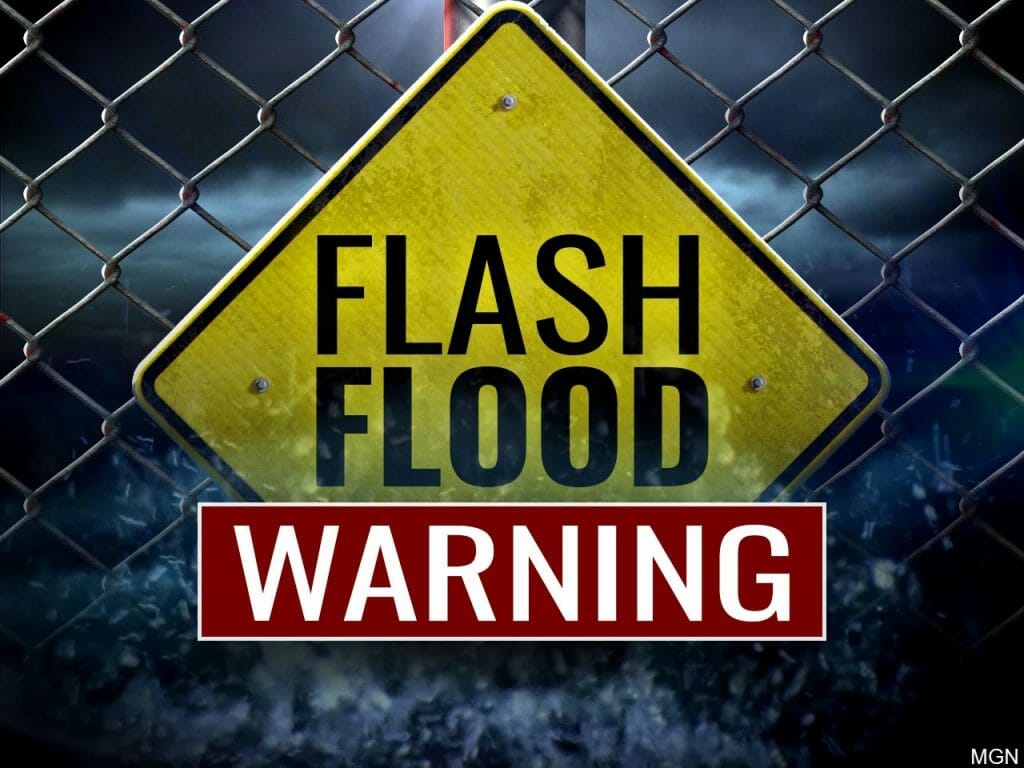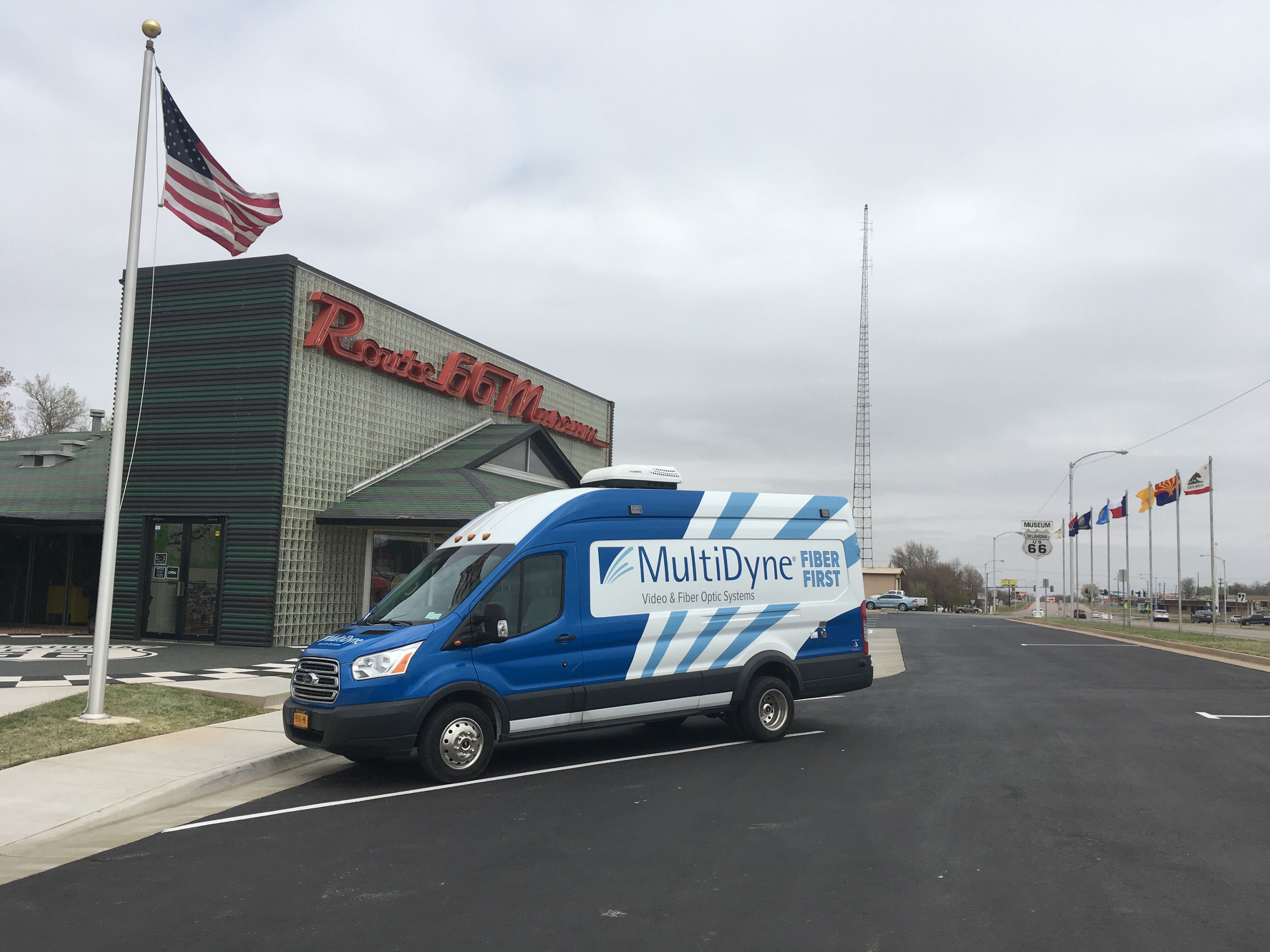Severe Weather Awareness Week: Day 5 Focus On Flood Safety

Table of Contents
Understanding Flood Risks
Knowing your risk is the first step towards effective flood safety. This involves identifying flood-prone areas and understanding the different types of floods you might encounter.
Identifying Flood-Prone Areas:
Determining if your home or business is in a high-risk flood zone is crucial. Several resources can help you assess your risk:
- Utilize FEMA's Flood Maps: The Federal Emergency Management Agency (FEMA) provides detailed flood maps online. These maps identify areas with varying degrees of flood risk. Knowing your zone is vital for insurance and preparedness.
- Research Historical Flood Data: Check local records and news archives for past flooding events in your area. This historical data can indicate the frequency and severity of past floods, offering insights into future potential.
- Consider Geographic Factors: Pay close attention to your surroundings. Properties near rivers, streams, creeks, low-lying areas, or coastal regions are more susceptible to flooding. The slope of the land surrounding your property is also a significant factor.
- Recognize Warning Signs: Be aware of pre-flood indicators, such as rapidly rising water levels in rivers or streams, heavy and persistent rainfall, or overflowing storm drains. Early recognition allows for timely action.
Types of Flooding:
Understanding the different types of floods helps you prepare accordingly. Each type presents unique challenges and dangers:
- Flash Floods: These are rapid, intense floods caused by heavy rainfall in a short period. They are particularly dangerous due to their sudden onset, leaving little time for evacuation.
- River Floods: These occur when rivers overflow their banks due to prolonged heavy rainfall or snowmelt. They typically develop more slowly than flash floods but can cause widespread and prolonged inundation.
- Coastal Floods: These floods are caused by storm surges, high tides, or tsunamis. Coastal areas are particularly vulnerable to these types of floods, which can be incredibly destructive.
Creating a Flood Safety Plan
A comprehensive flood safety plan is essential for protecting your family and property. This involves developing an evacuation plan and assembling a comprehensive emergency kit.
Developing an Evacuation Plan:
A well-defined evacuation plan is critical for your safety. Consider the following:
- Establish Evacuation Routes: Identify multiple escape routes from your home, considering different potential flood scenarios. Know which roads are prone to flooding and avoid them.
- Determine Safe Locations: Choose designated shelter locations with high elevation and easy accessibility. This could be a friend's or relative's home outside the flood zone, a designated evacuation center, or a higher-ground area.
- Practice Regularly: Conduct regular evacuation drills with your family. Familiarizing everyone with the plan helps ensure smooth execution during an actual flood.
- Designate an Out-of-State Contact: Appoint someone outside of the affected area to serve as a communication point for family members during the emergency. This ensures clear communication when local lines are down.
Assembling a Flood Emergency Kit:
Your flood emergency kit should contain essential supplies to sustain you for several days. The contents should include:
- Water & Food: Store enough non-perishable food and bottled water for each family member for at least three days.
- First-Aid Kit & Medications: Include any necessary prescription medications and a well-stocked first-aid kit.
- Lighting & Power: Flashlights, battery-powered lanterns, and extra batteries are crucial in power outages.
- Important Documents: Keep copies of essential documents such as insurance policies, identification, and medical records in a waterproof container.
- Clothing & Blankets: Pack extra warm clothing, blankets, and waterproof bags to protect your belongings.
Flood Safety During and After a Flood
Knowing how to act during and after a flood is just as important as planning beforehand.
Actions During a Flood Warning:
When a flood warning is issued, time is of the essence:
- Monitor Weather Reports: Stay updated on the latest weather forecasts and warnings from official sources.
- Move Valuables: Relocate valuable items and electronics to higher floors or areas of your home less likely to flood.
- Turn Off Utilities: If instructed by authorities, turn off gas, electricity, and water to prevent further damage.
- Evacuate Immediately: Obey evacuation orders from local officials without delay. Your life is more valuable than your property.
- Avoid Driving Through Flooded Areas: Flooded roads can be incredibly dangerous; even a small amount of flowing water can sweep a vehicle away.
- Never Walk or Drive Through Flowing Water: The depth and speed of the water can be deceptive, and you risk getting swept away or injured.
Post-Flood Safety:
After the floodwaters recede, the dangers are not over:
- Avoid Floodwaters: Floodwaters are often contaminated with sewage, chemicals, and debris. Avoid contact whenever possible.
- Caution with Downed Power Lines & Damaged Structures: Be aware of potential hazards like downed power lines and unstable structures.
- Report Damage: Contact your insurance company and local authorities to report any damages to your property.
- Assess Structural Damage: Get professional help to inspect your property for structural damage before re-entering.
- Follow Public Health Advisories: Adhere to any public health advisories regarding water safety and sanitation.
Conclusion
This Severe Weather Awareness Week, focusing on flood safety is crucial. By understanding your risk, developing a comprehensive plan, and taking appropriate actions during and after a flood, you can significantly improve your chances of staying safe. Remember, preparedness is key when it comes to flood safety. Don't wait for a disaster to strike; take action today to create your personalized flood safety plan and protect yourself and your loved ones. Learn more about improving your home's flood safety and find resources in your area by searching online for "[Your Location] flood safety resources".

Featured Posts
-
 Bradford And Wyoming Counties Flash Flood Warning Until Tuesday Evening
May 26, 2025
Bradford And Wyoming Counties Flash Flood Warning Until Tuesday Evening
May 26, 2025 -
 Update On Neuers Injury Bayerns Goalkeeping Situation
May 26, 2025
Update On Neuers Injury Bayerns Goalkeeping Situation
May 26, 2025 -
 Relay Race Victory Earns T Bird Girls Home Invite
May 26, 2025
Relay Race Victory Earns T Bird Girls Home Invite
May 26, 2025 -
 Bbcs Eldorado Why A Broadcasting Legends Involvement Led To Its Demise
May 26, 2025
Bbcs Eldorado Why A Broadcasting Legends Involvement Led To Its Demise
May 26, 2025 -
 Prenez Le Depart Avec La Rtbf Gerez Votre Equipe Cycliste Pour Le Tour De France
May 26, 2025
Prenez Le Depart Avec La Rtbf Gerez Votre Equipe Cycliste Pour Le Tour De France
May 26, 2025
Latest Posts
-
 Nl West Showdown Dodgers And Padres Start Strong
May 28, 2025
Nl West Showdown Dodgers And Padres Start Strong
May 28, 2025 -
 Road Trip Begins Padres Face Pirates In Pittsburgh
May 28, 2025
Road Trip Begins Padres Face Pirates In Pittsburgh
May 28, 2025 -
 Padres Pittsburgh Stop First Game Of A Lengthy Road Trip
May 28, 2025
Padres Pittsburgh Stop First Game Of A Lengthy Road Trip
May 28, 2025 -
 Padres On Deck Pittsburgh Trip Kicks Off Long Road Swing
May 28, 2025
Padres On Deck Pittsburgh Trip Kicks Off Long Road Swing
May 28, 2025 -
 Analyzing The Padres Chances Against The Rockies
May 28, 2025
Analyzing The Padres Chances Against The Rockies
May 28, 2025
